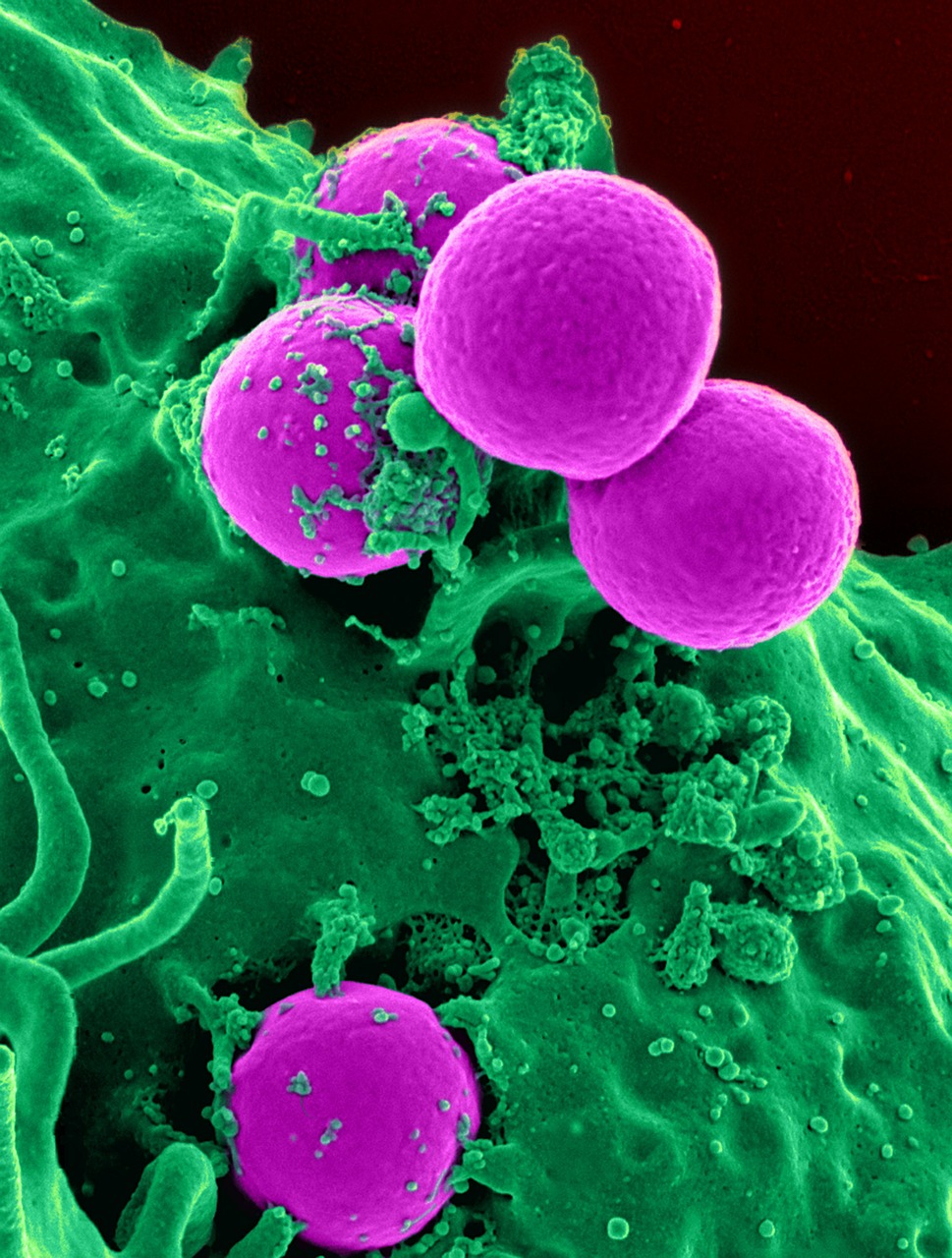As I was winding down my work for 2015, an article in “The Scientist” on shortage of agar in late November caught my eye. At the time, I was busy planning experiments that involved production of bacteriophages which infect and replicate within bacterial cells and agar, the seaweed-derived, gelatinous substance, is an indispensable lab staple for culture of bacteria. Any shortage or unavailability of agar is disconcerting as one source of the Scientist article succinctly expressed.

Fluctuation in availability of natural ingredients used in research or diagnostic procedures will have severe impact on these activities and their future budgeting and execution.
This shortage of agar is not an isolated case. In fact, fetal bovine serum obtained from cattle and used in cell culture also has displayed historical shortage patterns and the resulting adversity circumvented by innovative substitutes. However, in the case of agar from Gelidium, there appears to be no suitable substitutes available yet.
This funnily enough reminded me of an interesting fictional episode on how to profit from potential sesame seed shortage, critical to the fast food empires by betting on sesame seed futures.
Perhaps you have a similar idea to profit from agar or other such essential supplies?
By Mukundh Balasubramanian, PhD, BioSistemika LLC











